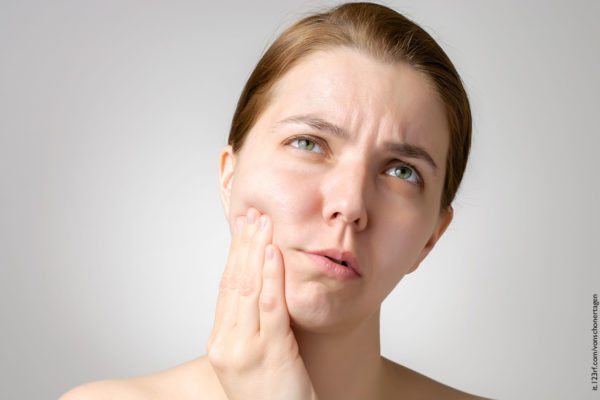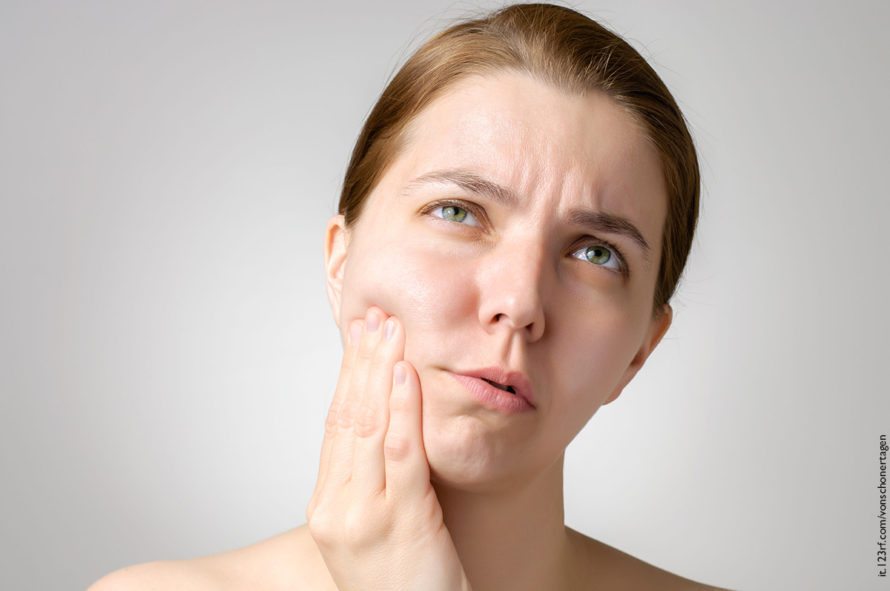La carie
Provocata principalmente dai batteri contenuti nella placca batterica che convertono gli zuccheri in acido distruttivo per lo smalto dentale.
La decalcificazione provoca poco per volta piccole cavità nello smalto che consentono ai batteri di penetrare in profondità, interessando i tessuti più interni come la dentina e la polpa ricca di terminazioni nervose.
Se la presenza di una carie viene rilevata in una fase iniziale la risoluzione è possibile con una semplice otturazione. Se la carie penetra in profondità, arrivando alla polpa, il dente, prima di essere ricostruito, deve essere devitalizzato.
L’azione dei batteri sugli zuccheri avviene nei primi 10/15 minuti dopo i pasti e durante la notte se vengono lasciati dei residui di cibo. Per questa ragione è essenziale spazzolare i denti regolarmente dopo ogni pasto: mattina, mezzogiorno e sera.
È necessario che questa cura sia prestata anche ai denti da latte dei bambini perché facilmente aggredibili dalla carie.
Un presidio indispensabile è rappresentato dal filo interdentale che ci permette di rimuovere la placca anche negli spazi non raggiungibili dallo spazzolino.
La presenza di vecchie otturazioni imprecise permette alla placca di ristagnare più facilmente accelerando il processo sopra descritto.
L’ascesso
è un accumulo di pus all’interno delle tasche parodontali, nell’alveolo dentario o nella zona apicale dei denti con carie profonda.
Quando si verifica, nella zona più interna del dente si percepisce un dolore forte, spesso associato a gonfiore diffuso, con rialzo termico e rigonfiamento dei linfonodi del distretto.
L’ascesso parodontale, riassorbendo l’osso, rende il dente mobile, si associa a dolore acuto, aumenta la sensibilità e si percepisce un cattivo sapore.
Causata principalmente dall’accumulo di placca batterica, che calcificando si trasforma in tartaro, la gengivite infiamma le gengive che risultano così arrossate e spesso sanguinanti.
Lo spazzolino può aumentare il dolore e spesso la gengiva si retrae lasciando scoperta la base del dente molto sensibile. Anche i traumi come lo spazzolamento eccessivo, le carenze vitaminiche o le malattie debilitanti, il fumo e l’abuso di alcolici possono causare la gengivite.
La nevralgia dentale è causata dall’infiammazione del nervo facciale “Trigemino”, che conferisce sensibilità alla pelle del viso e alla parte superiore della testa. Esso può provocare dolori intensi, lancinanti e una sensazione simile a una scossa elettrica che può durare da pochi secondi a un paio di minuti con intervalli molto irregolari.
La nevralgia del trigemino si manifesta a livello Mandibolare, nel distretto Mascellare e Oftalmico.

